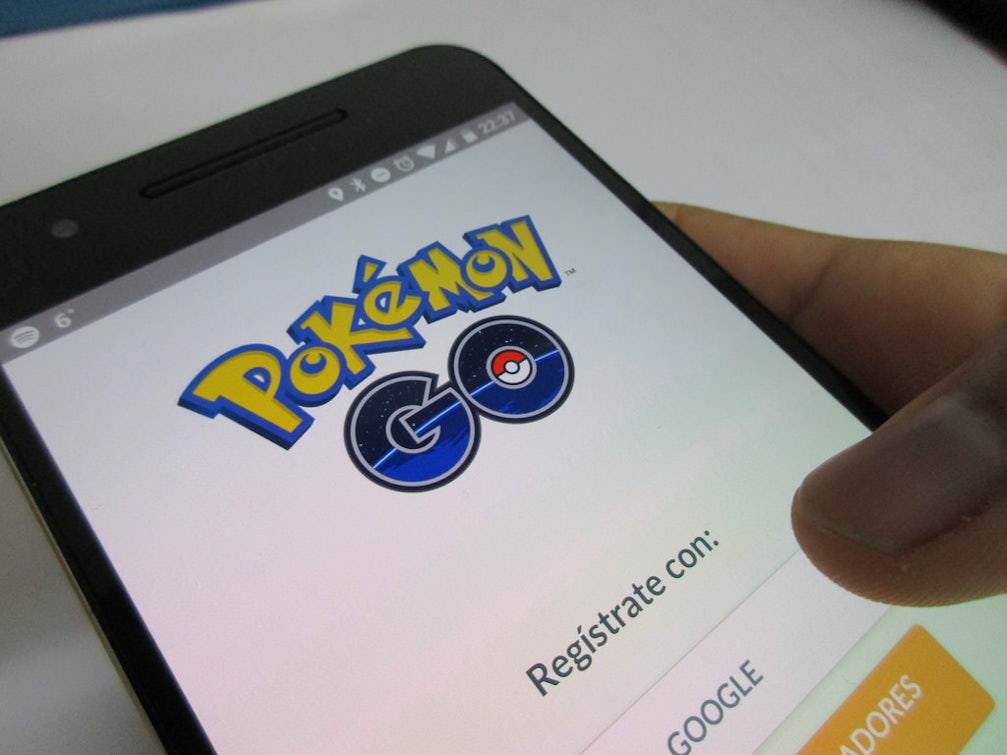It’s hard not to notice the impact that Pokemon Go is having around the world.
At the time of writing, the game has been out in the UK for 4 days, and has been out globally for just under 2 weeks. In this short time it has captured the attention of millions of people, including those who have never played a Pokemon game before.
The game is revolutionising the way we play mobile games – that much is obvious – but there is also huge potential for companies to use it for marketing purposes. Ultimately, the lesson that Pokemon Go teaches us in the marketing world is that it pays to keep up with trends.
Understanding the value of trends
The game already has great ‘story equity’, whether it’s 999 calls for a ‘stolen’ Pokemon, or even your boss making it mandatory to hunt Pokemon at work!
One of the most talked about stories from the game so far centres on Tom Currie, a man from New Zealand who has quit his job to take a 2 month ‘Pokemon hunting’ tour of New Zealand.
But if you read this Guardian article on the story, there is something else to take note of. The journalist reports travel companies approaching Currie, “offering to take him to remote parts of the country to hunt for rare Pokémon”. Why are they doing this? Because it’s great publicity!
If you’re a travel company, what better way to make yourself look good than offering free travel to a high-profile guy playing the game that’s caught the imagination of the world?
Connecting online to offline
Piggybacking on the extraordinary stories is not the only way to take advantage of the new trend.
I don’t play the game myself, but I understand that, if you want to make it easier to catch a Pokemon in the area you’re in, you can pay for lures to attract them.
A number of shops (particularly in the US) have paid for lures to encourage people to come to their shop to catch Pokemon, increasing footfall and making them look good to potential customers.
Another key part of the game are PokeStops, where players can get useful items. These are in fixed geographical locations, many of which happen to be shops. Some shops are starting to make the most of this by advertising the fact that they are a PokeStop, and encouraging customers to come in and spend some time there.
All of this seems great so far, but there is nothing in here that can be readily emulated by digital companies, and companies looking to boost their online presence. There may be a way to use Pokemon Go to this effect in the future, but it appears that right now, this game is more suited to companies who can take advantage of its physical, geographical nature.
Keeping up with trends for marketing gain
The underlying lesson in all of this is something that all companies should be aware of for marketing purposes: it pays to keep up with trends.
If you are trying to find an angle for an article, or you want something new to breathe life into your content, look around you at what people are actually talking about.
In another blog post, Laura looked at how we used Leicester City’s success as a PR angle for one of our clients, creating new content for them off the back of that big, national talking point. Another, more recent example, was that we hooked into the topical news of women in powerful positions to craft press-worthy comments and data which drove new features for our client.
The benefit of crafting content around current stories is that the public is already interested in them. You don’t have to work as hard to convince anyone that your content is new and fresh because they can see that you’re tying it into current events.
This doesn’t mean that you can take shortcuts with the quality of your content.
Just dropping a newsworthy event in their won’t make your blog post go viral.
You need to think about what it is about the story that is worth saying, and why it’s a good idea for your business to say it. If you can come up with good reasons to write that piece of content, then go for it!
Plan ahead to spot the trends
There are some trends that happen in what seems like a moment, but plenty others can be anticipated well in advance.
Holidays, for example, are to be expected. You know that Christmas comes in December, Valentine’s Day in February. You can plan ahead for those events by creating content and stories that dovetail into them and therefore piggyback existing trends.
Popular culture has plenty of trends you can anticipate, too. Look out for new series of popular television shows (Dragons’ Den starts soon, for example, and is great as a business hook) and consider how you might hook into those to generate credible interest in your brand.
Here at Impression, we have a calendar we use to mark important dates, anniversaries and upcoming trends. We can then plan our content around those.
In short, stay on top of the trends, and use them to write interesting, up to date content that people actively want to read.
Update
Shortly after this post went live, it was announced that McDonalds would become the first sponsored location in Pokemon Go, with 3000 restaurants in Japan set to be the first wave, with more potentially following. As the game continues to be rolled out around the world and grow in popularity, we will undoubtedly see more stories like this as businesses contend with each other to draw Pokemon hunters through their doors. It’s hard to say how the game will evolve in the future, but right now it is an unparalleled opportunity for quick-thinking businesses to get ahead of their competitors.





